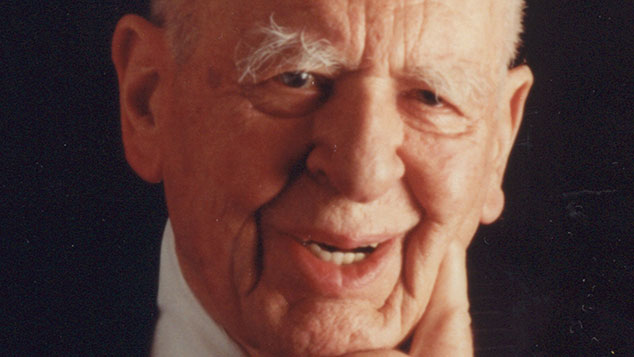
Philip Carret was born in 1896 in Massachusetts. After World War I he worked as a financial reporter before setting up the Pioneer Fund, one of the first investment funds, in 1928, which he managed until stepping down in 1983. In 1963 he set up Carret & Company, which focused on private accounts, and was still managing portfolios until shortly before his death in 1998.
What was his strategy?
Carret was a value investor, buying stocks in obscure companies that he felt were undervalued, aiming to at least double his investment. As well as a cheap price, he liked the companies he invested in to have good balance sheets, growing earnings and managers who invested in the company. He was also a firm believer in “buy and hold”.
Did this work?
Over 55 years the Pioneer Fund returned about 13% a year, which meant that a $10,000 investment would have been worth $8m by the time Carret stepped down in 1983. In contrast, the US stockmarket produced an annual return of 8.3% between 1928 and 1983, which means that a similar amount invested in it would be worth $723,000. Carret’s record as a private wealth manager isn’t available, but he was managing about £225m in assets during the early 1990s. Warren Buffett called him one of his heroes.
What were his biggest successes?
Carret made a lot of money buying into a Cuban sugar company in 1939, on the belief that World War II would drive prices higher. At various points during the 1940s, he sold the stock for 37 to 144 times the asking price.
What lessons are there for investors?
Carret had 12 pieces of advice for investors. 1. Never hold fewer than ten shares covering five different fields of business. 2. Reappraise every share you hold every six months. 3. Keep at least half of your fund in income-producing securities. 4. Consider yield the least important factor in buying stocks. 5. Take losses quickly, but let profits run. 6. Don’t put more than 25% of your fund in securities where information is not regularly available. 7. Avoid inside information. 8. Seek facts, not advice. 9. Ignore mechanical valuation formulas. 10. When stocks are high, place at least half of your assets in short-term bonds. 11. Don’t borrow too much money. 12. Set aside some of your funds to buy long-term options on promising companies.